Happy Valentine’s Day, Arizona

Happy Valentine’s Day Arizona! On February 14th, 1912, Arizona became our 48th state. In celebration, Pima County Master Naturalists helped with creating a collaborative project sharing what they love about Arizona.
“I love the diversity of the cultural and natural history of this region. Tucson’s community is a incredible place where we recognize that diversity and celebrate it by continuing to learn about and care for the place that we call home. The desert also has always been a space where I have been able to recenter myself regardless of the stresses that life may bring. I’m so thankful for all of the wonderful people that I’ve met as an AZMN. I always look forward with continuing to collaborate and learn from you all!”
Thank you to all of our members that have helped with project! PCMN Josh S, Cohort 3





My favorite thing about Arizona is the ‘open space’. A walk, bike ride or short drive and you can be away from the trappings of man and enjoying the incredible biodiversity of the Southwest. Being a Master Naturalist allows me to better appreciate what I observe.
Franklin Lane C1


“After living all over the United States, at age 67 I fell in love with the Sonoran Desert. I felt a kinship to the desert where animals and plants not only survive but thrive in the harsh conditions. I fell in love with the towering saguaros, the palo verdes that dance in the wind, the howl of the coyotes and the smell of the desert after a monsoon rain. Every night I turn my gaze into the dark skies and give gratitude for my new home.” Chris Robie, Cohort 6
A Love Letter to Arizona
Thank you Arizona, for being home to wondrous landscapes that others travel so far to see. We may be known as the Grand Canyon State, but we know that we have beautiful landscapes and rich natural and cultural history in every pocket of our state. The lands I feel most connected to, the Sonoran Desert (also known as unceded lands of the Tohono O’odham and the Yoeme), is well known for its’ biodiversity of plants, animals, soils and species, the impressive families of saguaros and desert life, the rainbow streaked sunrises and sunsets, and the life-giving monsoons. Sharing what we love and how we want to continue doing better for this state, its’ peoples, its’ cultures’, and its’ lands is a big part of why I’m with Arizona Master Naturalists. Photo and post by Mely Bohlman, C5

Javelina Haiku
Collared peccary.
Golden hour illuminates ~
beauty of not-pig.
Linda Doughty C 6

“I love the rivers of southern Arizona even when they are dry. Monitoring flow in the Rillito River has given me a greater appreciation of the beauty the river bed shares with us, no matter the flow.” Post and picture by Jan Schwartz

“I love the desert because of its great diversity of people, cultures, wildlife and plants. I was born here, as was my mother, and I grew up seeing the glorious mountains surrounding our home, exploring the desert on foot and on horseback, building forts in cactus, and waiting in anticipation for the monsoon rains. Being an Arizona Master Naturalist has helped me discover new things about our area, but more importantly, I have discovered many opportunities to help protect our Sonoran desert and help others learn about its fragile beauty.” – Tori West – Cohort 4

“I love the Sonoran Desert because of how WILD it feels! I love seeing nature all around me, from stately saguaros to vibrant little verdins. The wilderness just feels closer in Tucson than it does in other places I’ve lived, and it makes it feel like home. I especially love the abundance of bird life that share the desert. They make it so that there is always something exciting to photograph!” – Sam W




Haiku for the Santa Cruz 2022.
Arrowwood grows now
love Reconciliation
River, Apache
Submitted by Kathy Altman C5:

“We got here in 1979 because I had become aware of the wonderful bio-diversity here! Especially regarding the Butterfly species. And quickly found several rare residents like Thessalia fulvia, cyneas and Liminitis archippus and Astyanax.”

You must be logged in to post a comment.